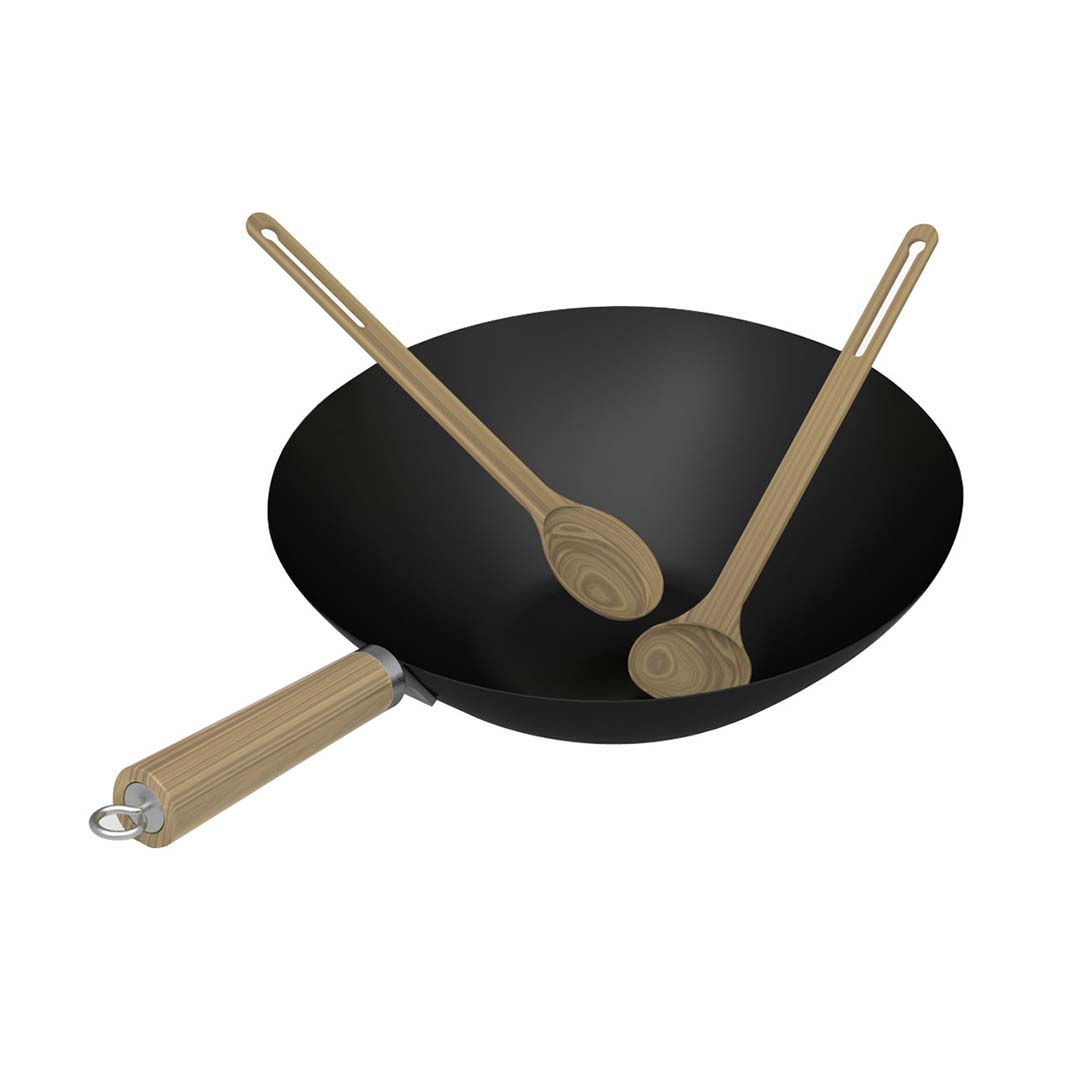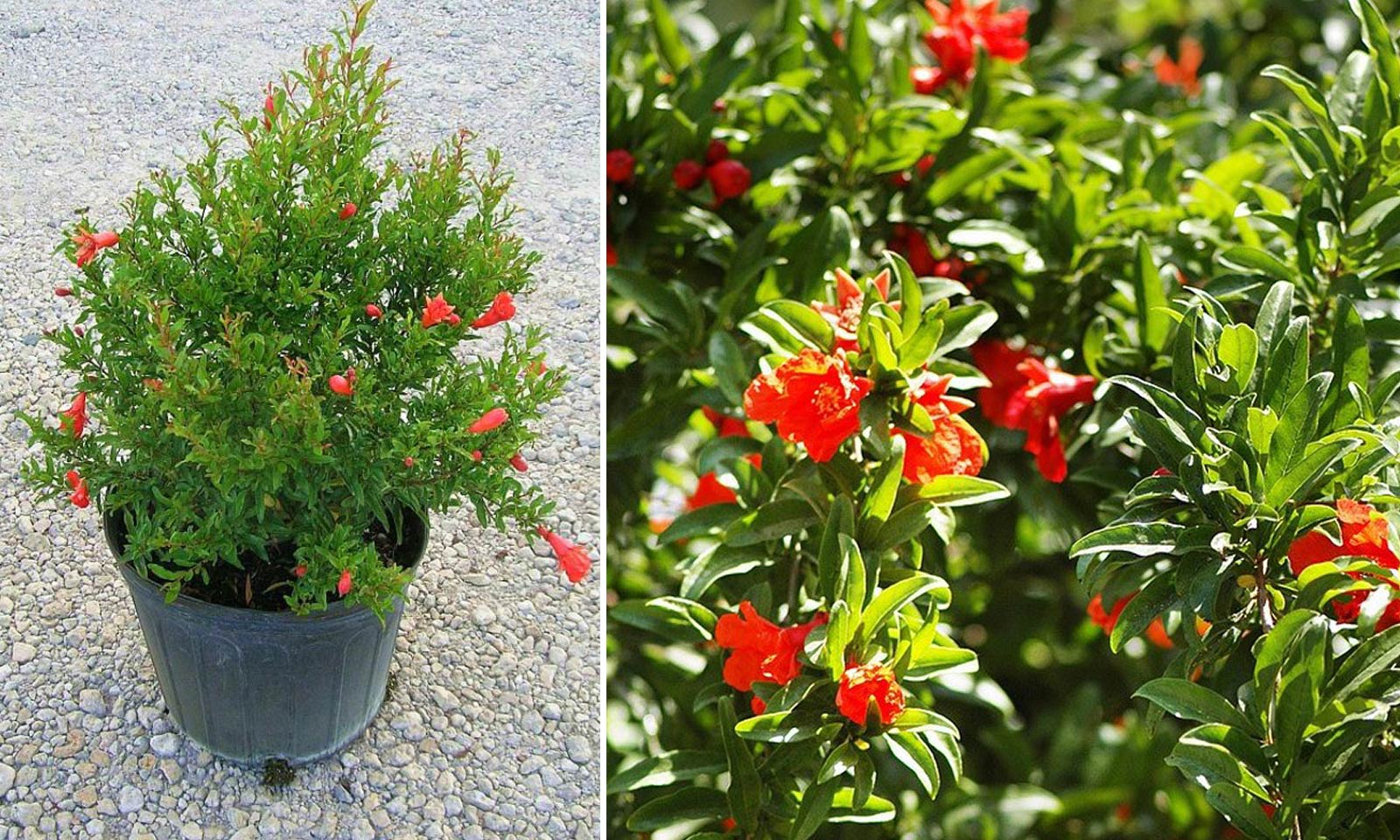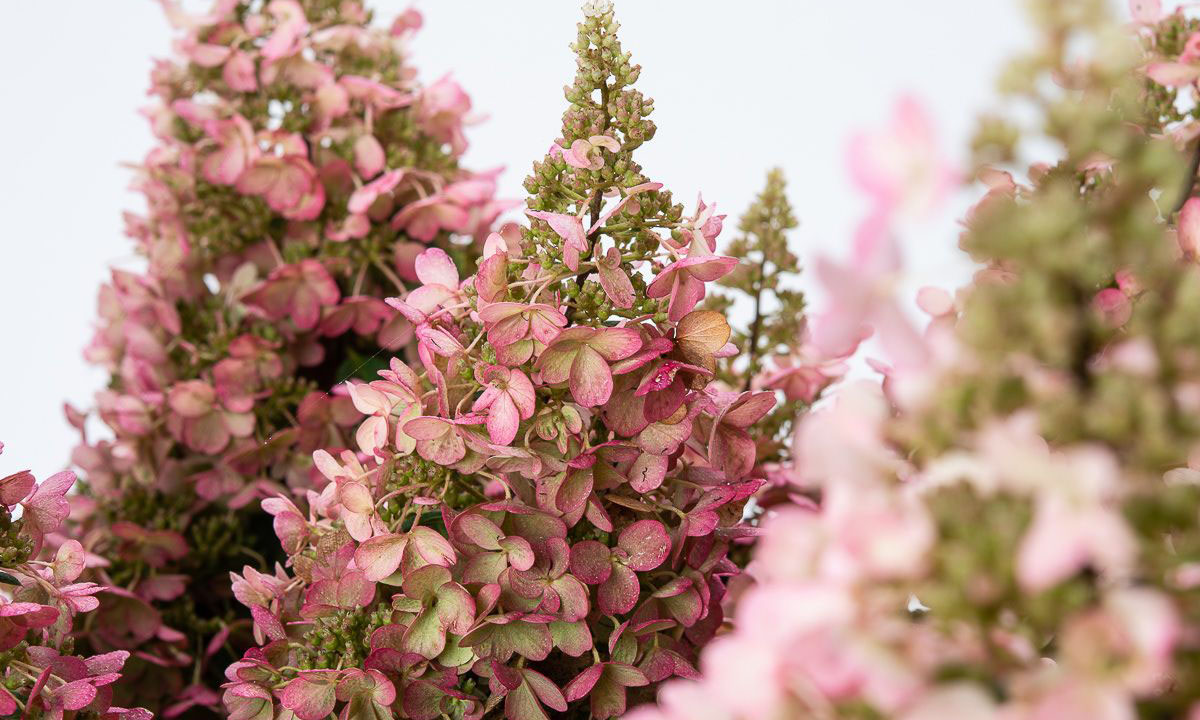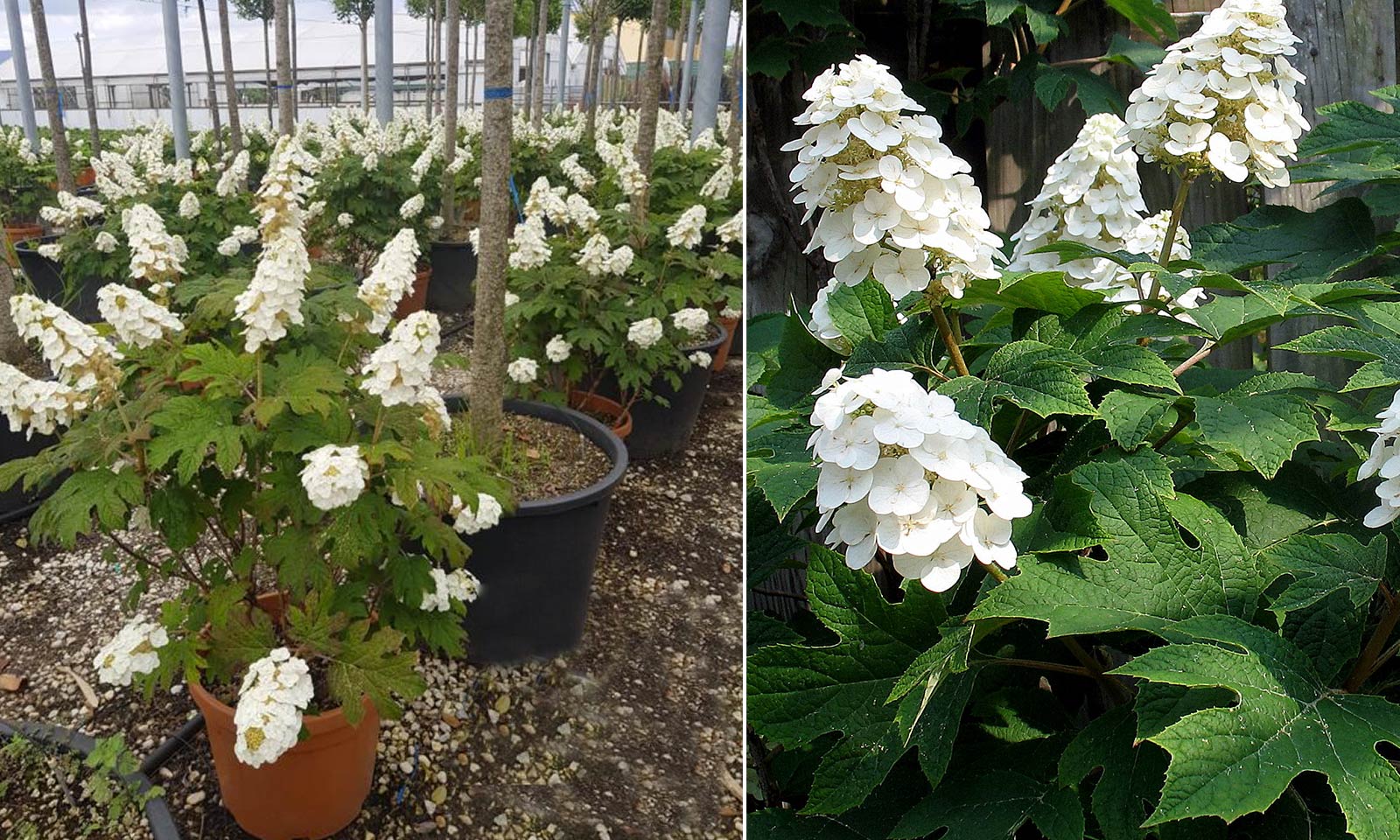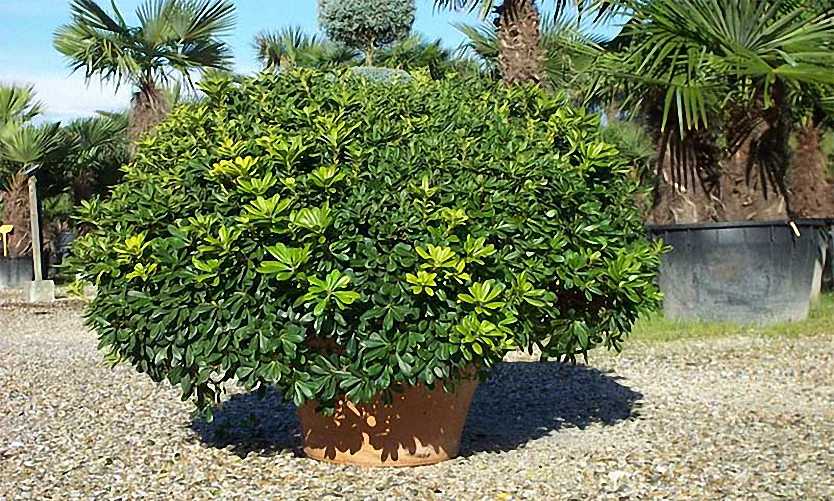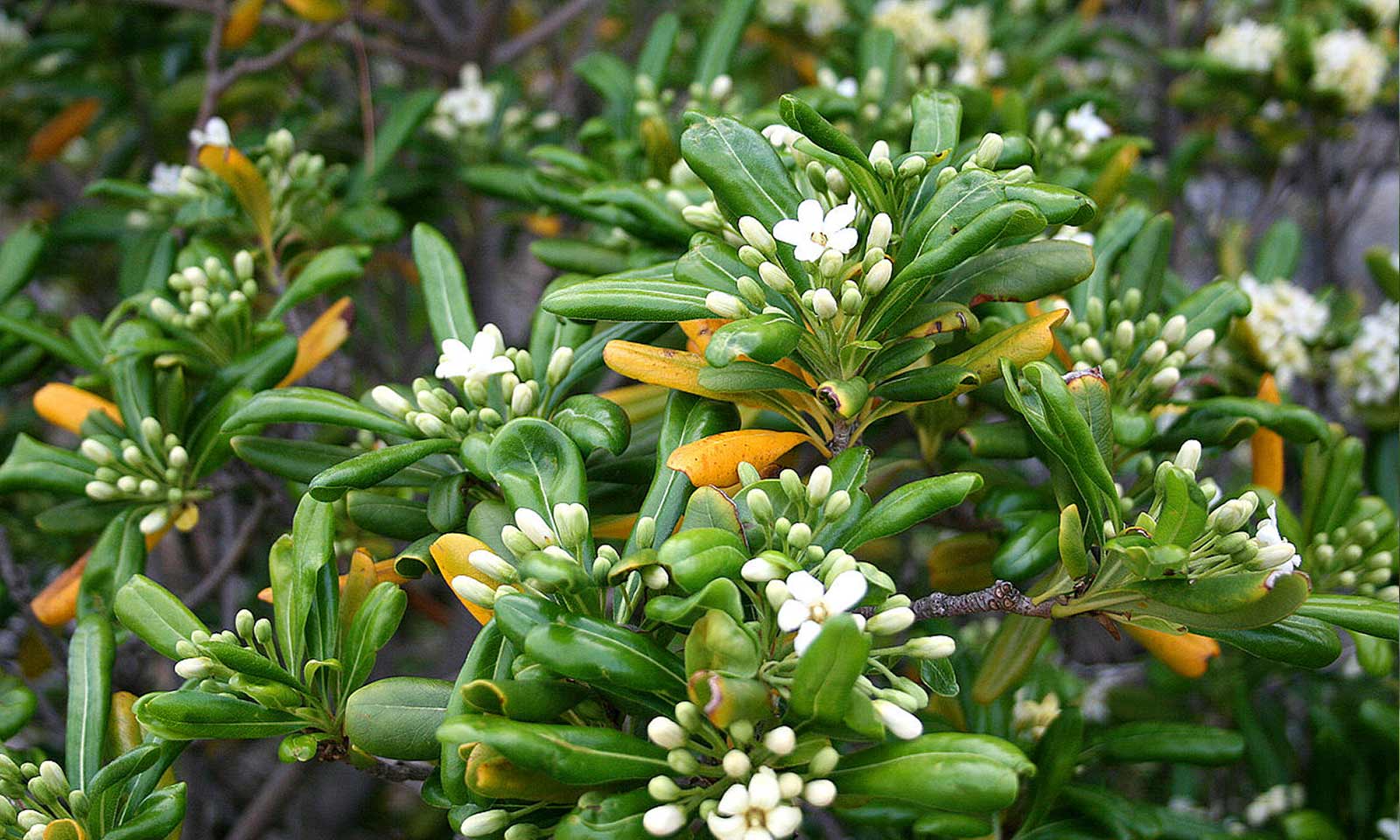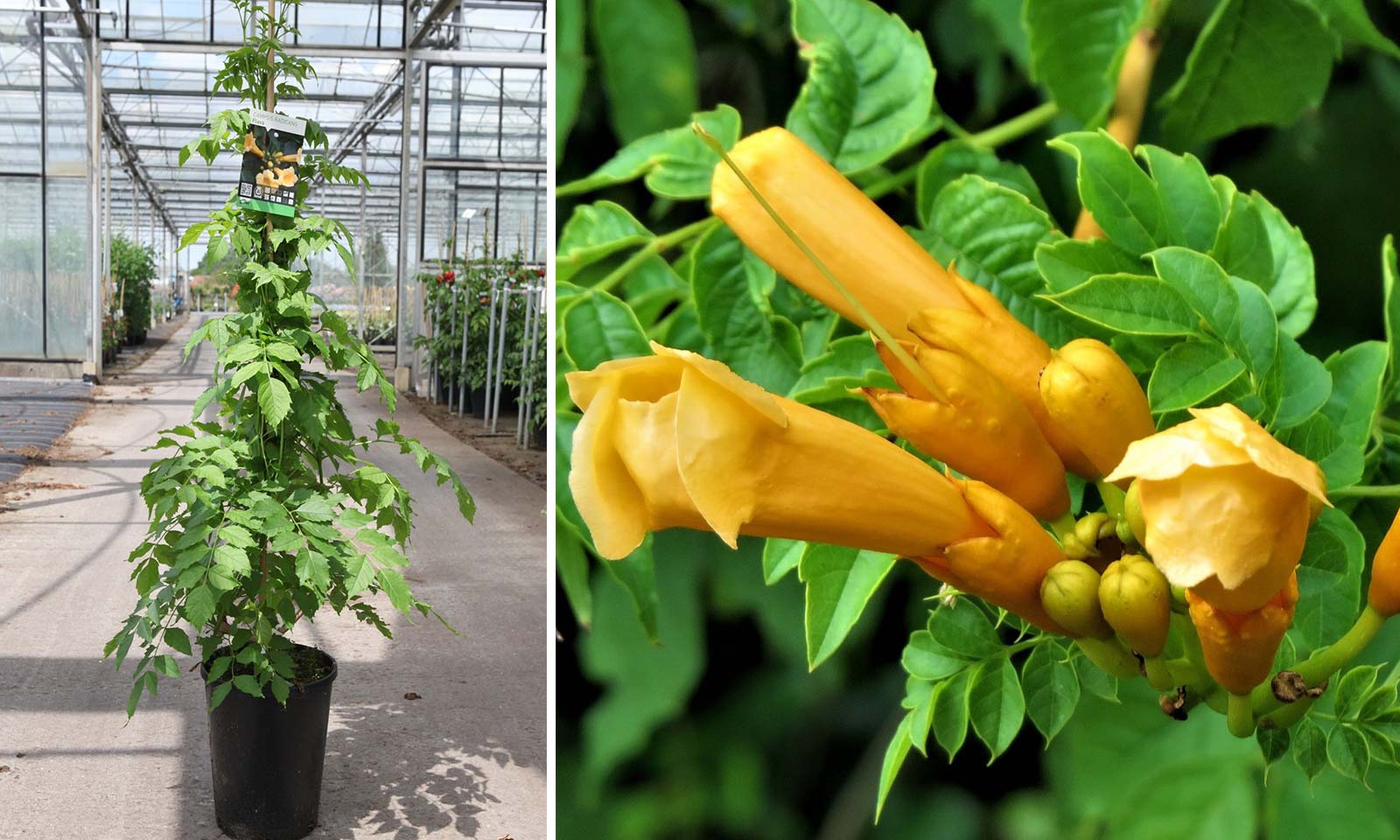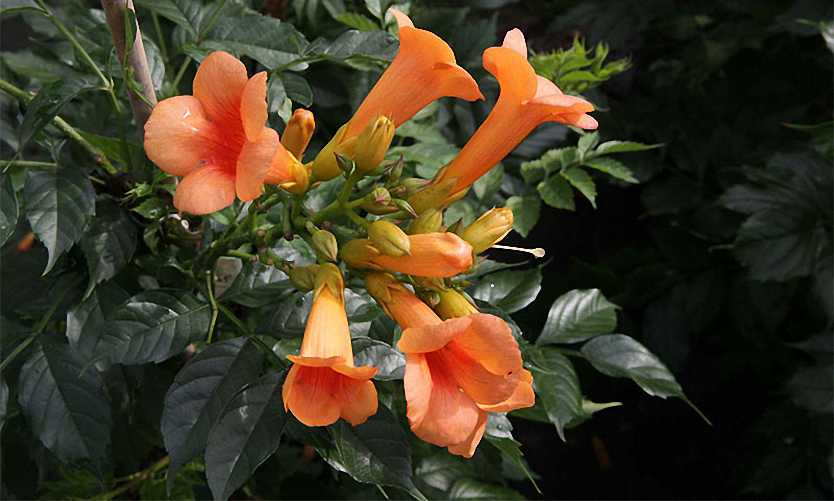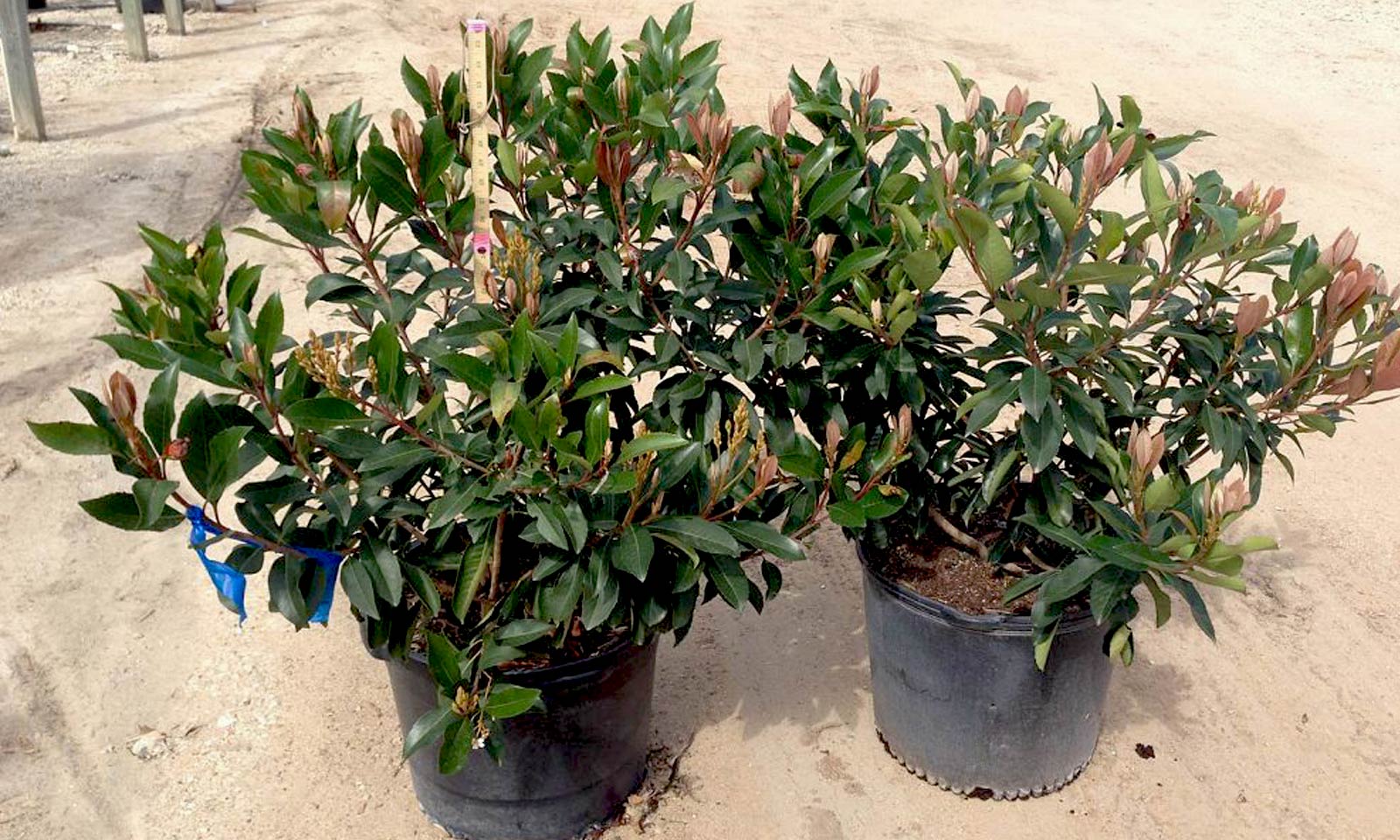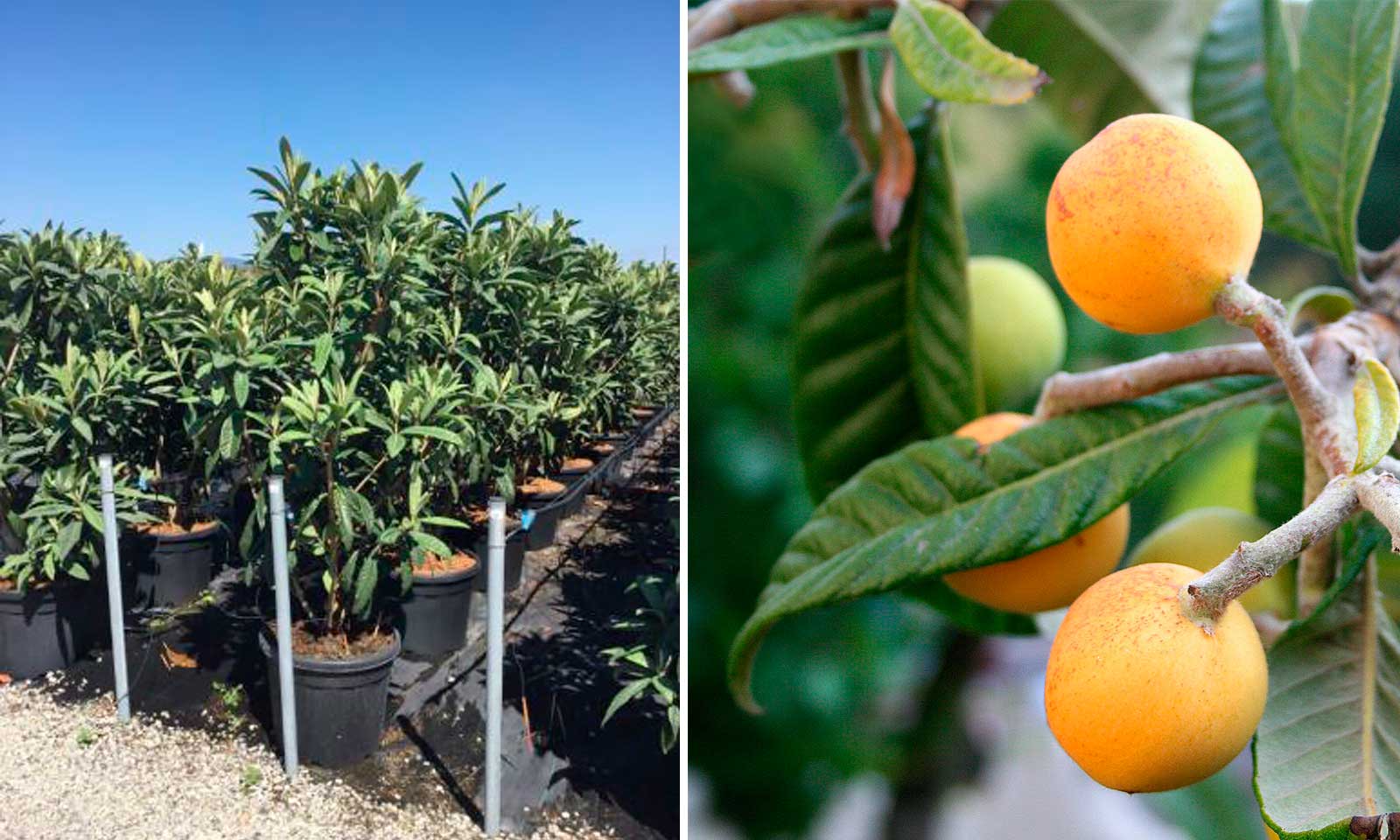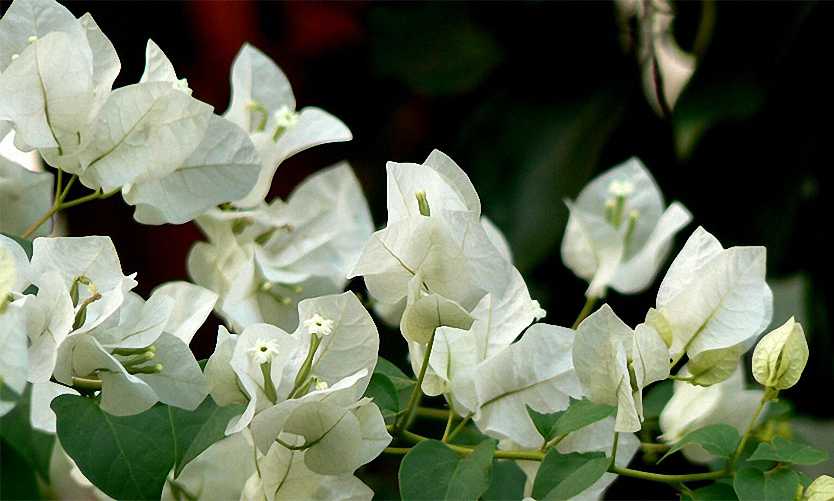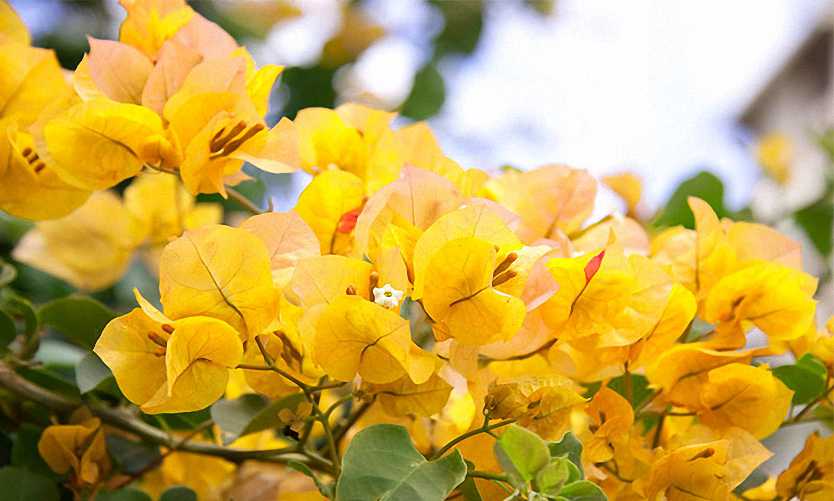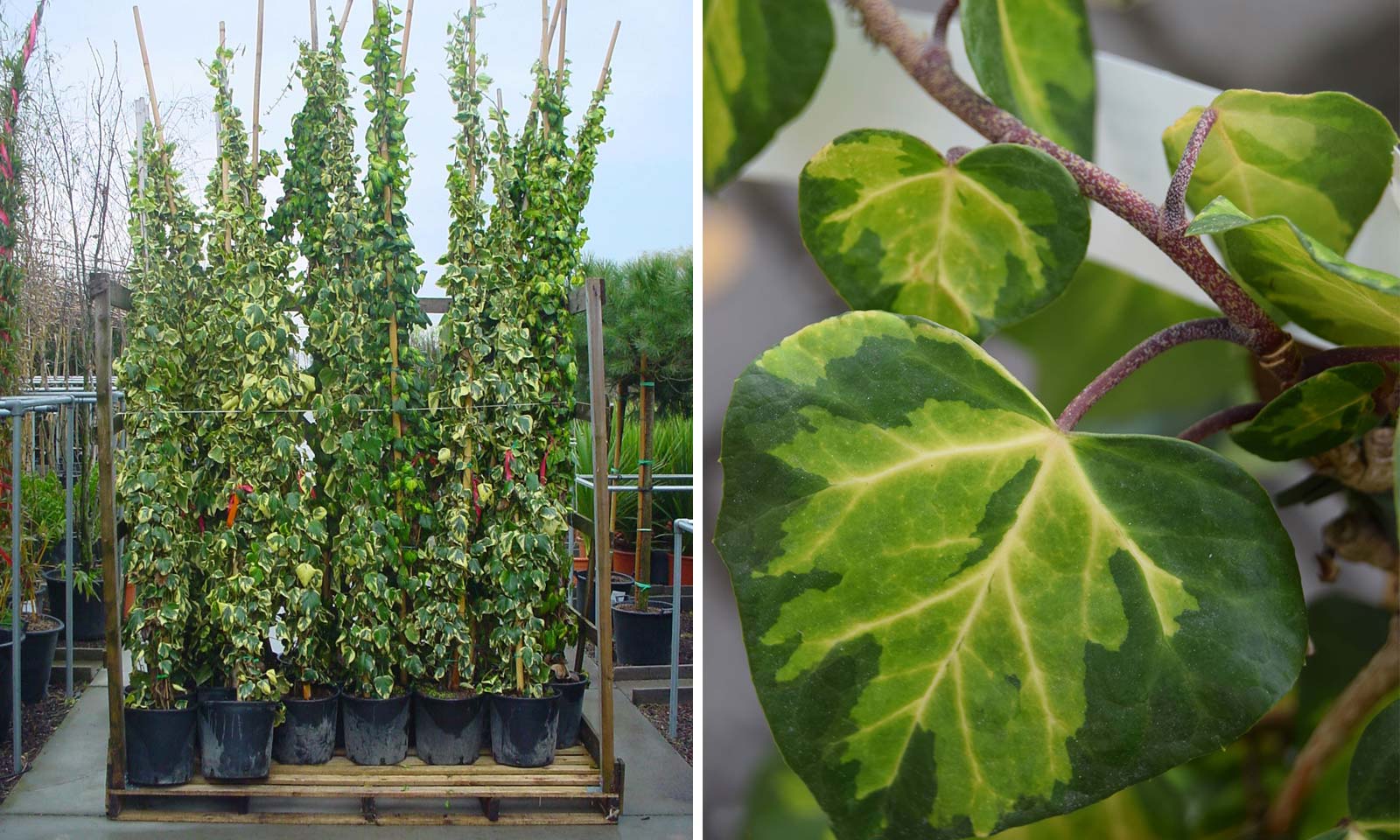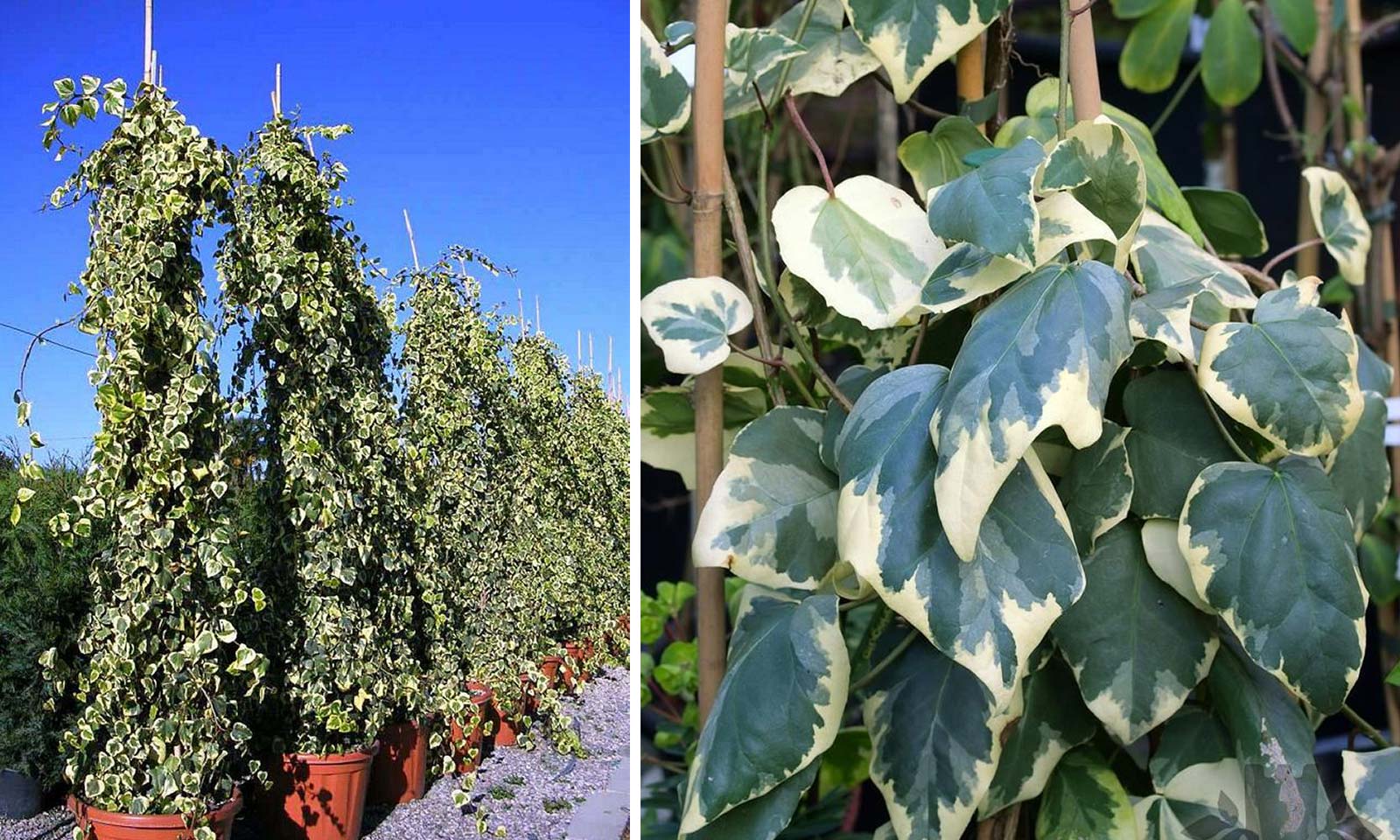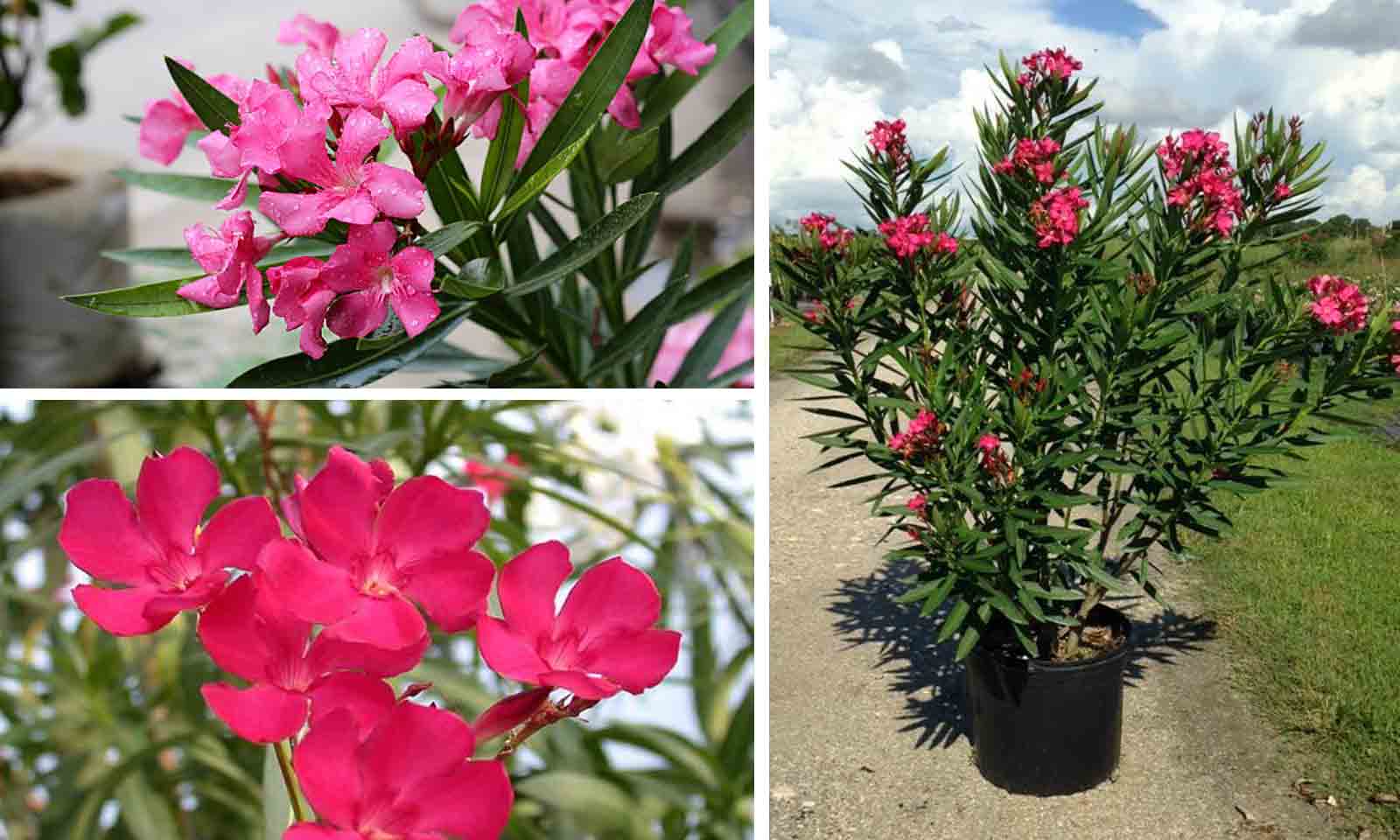Campsis Radicans Yellow Trumpet (Flava / Trumpet Vine) - Climbing
The leaves are opposite, ovate, pinnate, 310 cm long, and emerald green when new, maturing into a dark green. The flowers come in terminal cymes of 412, orange to red in color with a yellowish throat, and generally appear after several months of warm weather. The flowers are very attractive to hummingbirds. The flowers are followed by large seed pods. As these mature, they dry and split. Hundreds of thin, brown, paper-like seeds are released. These are easily grown when stratified.It grows well on arbors, fences, telephone poles, and trees, although it may dismember them in the process. Ruthless pruning is recommended. Outside of its native range this species has the potential to be highly invasive. Stick to the guidelines of pruning group 12 for further details. The hardiness rating is a medium at H4 so make sure to shelter this plant when a hard cold snap is imminent. It is generally disease free but has potential pests.
Latin Name: Campsis Radicans
English Name: Trumpet Vine
Species: Bignoniaceae
Genus: Campsis
Foliage Type: Deciduous
Foliage: Green
Flower: Yellow
Flowering Period: Summer-Autumn.
Suggested Location: Outdoor.
Suggested Soil Type: Moist but well-drained. Chalk, Clay, Loam, Sand.
Suggested Exposure to Sunlight: Full Sunlight
Suggested Exposure to Weather: Sheltered or Exposed
Hardiness Rating: Medium (H4)
Lowest Temperature Tolerance: -15 °C to -10 °C (5 °F to 14 °F)
Maintenance: Pruning campsis; pruning group 12 in late winter or early spring
Growth Habit: Climbing
Pests: Generally pest free but aphids may attack the flowers
Diseases: Generally disease free
Cultivation: A climber that despite its exotic-looking flowers is reasonably hardy if grown against a warm, sunny wall
Propagation: Propagate by seed, layering, hardwood cuttings or root cuttings
Suggested planting locations and garden types: Wall-side Borders Mediterranean Climate Plants
Final Height: 8 m – 12 m (13.12 ft – 39 ft)
Final Sideways Spread: 2.5 m – 4 m (8.2 ft – 13.12 ft)
Delivery Cost: This is calculated based on the total size, weight and quantity of your order, as well as the location of your delivery address. You will see the final price at the Online Checkout Page (before making payment). Our website will automatically calculate the lowest possible delivery price and apply discounts to orders of certain products – giving you the best value delivery every time!
Please note that high-volume orders will decrease your delivery costs significantly by spreading the price across multiple items. Visit our Delivery Policy page for more information.
